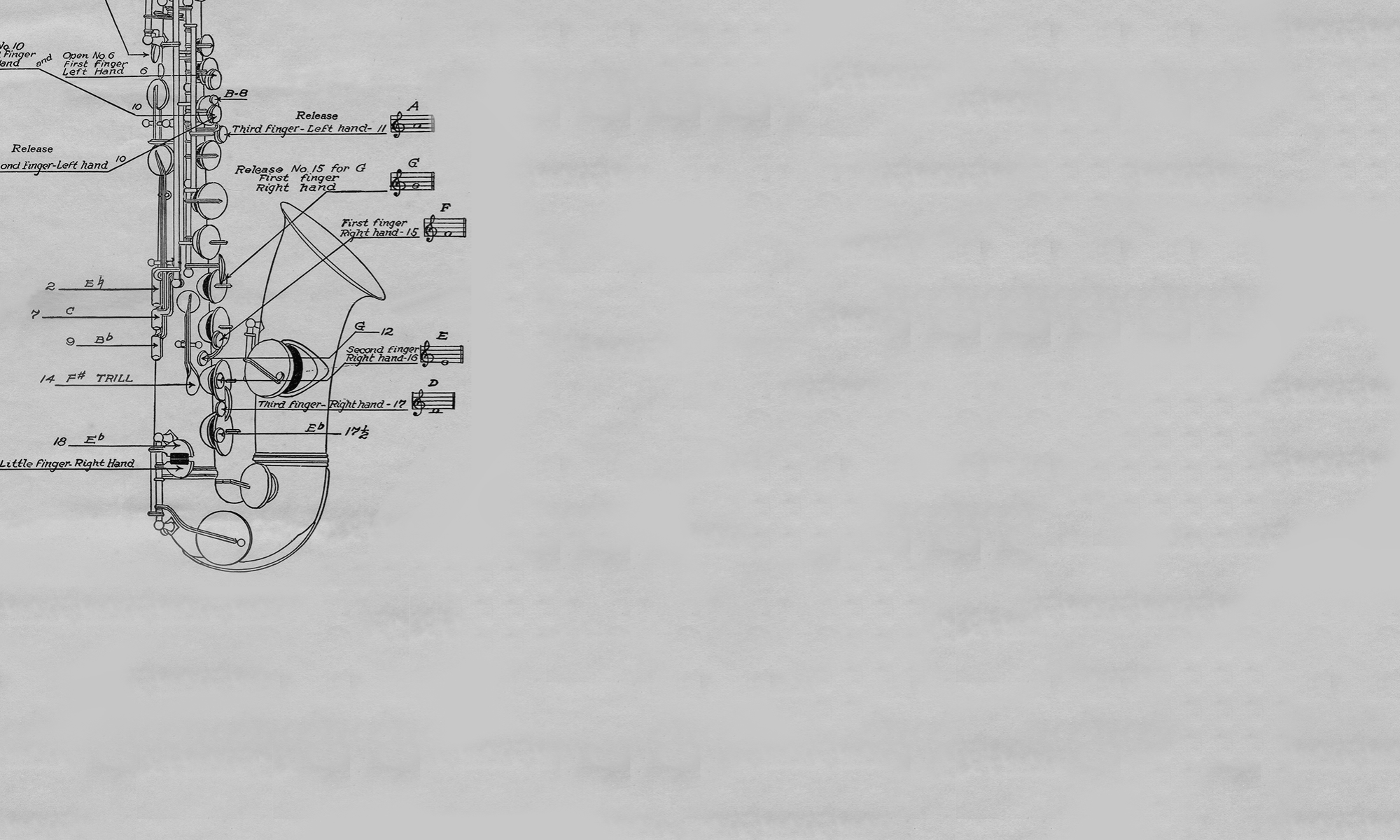from the Bruce Vermazen Research Papers on Tom Brown
The Six Musical Spillers and the Brown Brothers were two of the country’s leading saxophone ensembles during the first decades of the twentieth century. The Six Musical Spillers, a mixed gender all-black music ensemble, was the first major American touring saxophone band to gain national attention and vaudeville notoriety in 1908.
The first public performances by the Brown Brothers saxophone ensemble began with the Ringling Brothers Circus Band sometime between 1904 and 1905, but the makeup of the Brown music group remained fluid until 1908 when the ensemble, marketed as the Five Brown Brothers, performed together as part of the circus’ band.
As vaudeville entertainment became increasingly popular across America at the beginning of the twentieth century, the Brown ensemble began performing that circuit when circuses closed down for the winter. The Brown Brother’s earliest documented vaudeville tour ran between January and April 1905, which took the ensemble to Colorado, Utah, Wisconsin, Iowa, and Illinois. The ensemble returned to Ringling for both its 1906 and 1907 seasons, but returned to the vaudeville circuit each winter. The allure of performing in larger towns and cities throughout the Midwest, which provided greater earnings for the ensemble, appealed to both the Brown Brothers and Doc Kealey, who began an extended tour across Canada, British Columbia, Oregon, Washington, and California in 1908. At the end of the 1908 tour, Kealey returned to Ringling and the Brown Brothers became a vaudeville solo act.
Both the Spillers and Brown Brothers ensembles began their music careers performing in the style of minstrel burlesque shows that featured slapstick plantation skits, music numbers, and comic exchanges. Both white and black performers frequently performed stereotypical roles, often distorted caricatures of African Americans, and usually wore stylized costumes. From 1897 until 1901, Tom Brown performed as a pit musician in the Guy Brothers traveling minstrel show. While the Spillers’ did not perform with a minstrel show, their performances featured ragtime music that also included “negro comedy” elements. Until the 1910s, these touring parody shows remained popular to audiences, but eventually were replaced by more theatrical performances held in vaudeville theaters.
Tom Brown initially modelled his ensemble and its ragtime style on the Spillers, and the Brown Brothers performed in military-inspired band uniforms. However, by 1914, the ensemble transitioned to wearing exaggerated clown costumes, with Tom, as the band’s front man, appearing in blackface with ragged clothes, a large bow tie, and overly large shoes. The Brown Brothers performed as a musical comedy act, bridging the growing gap between minstrel and vaudeville entertainment.
While the Spillers who were lauded for their musical prowess, the Brown Brothers’ music performances earned them mixed reviews. In spite of this the Brown Brothers drew larger audiences, and were able to secure lucrative recording contracts, Broadway performances, and endorsements from major music instrument manufacturers.
